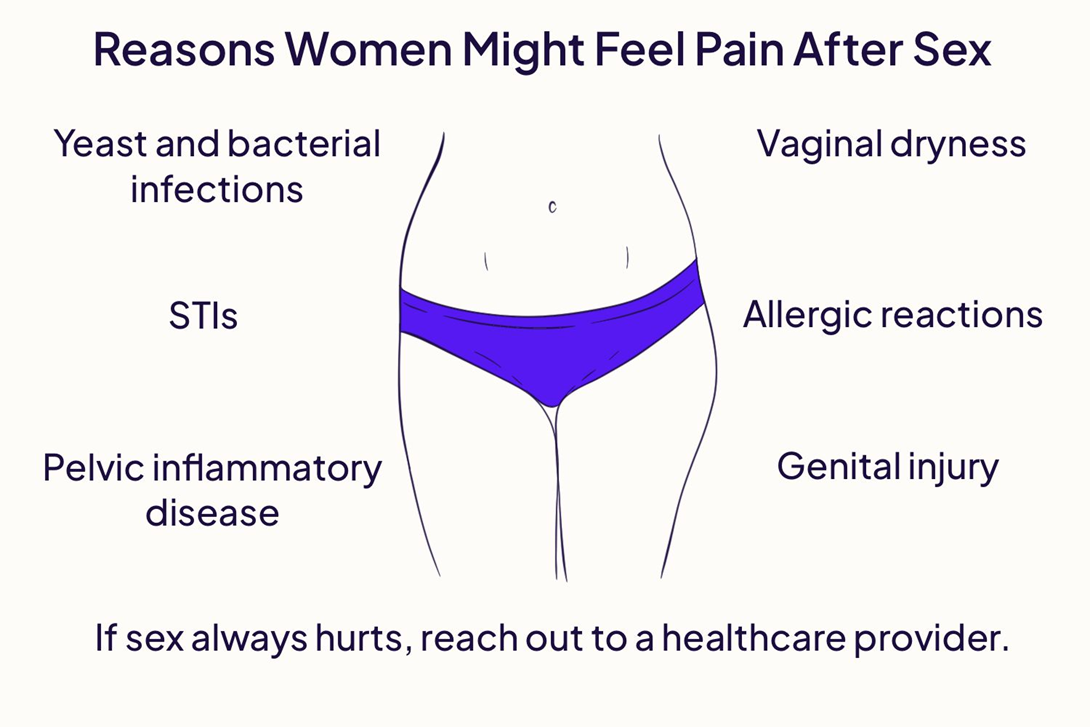A nurse is reinforcing teaching with a client regarding application of antiembolic stockings. Which of the following statements by the client indicates an understanding of the teaching?
The thigh-high stockings should reach just above the gluteal folds.
I should reapply the stockings before I get out of bed.
I should flex my toes when applying the stockings.
Knee-high stockings can be rolled down slightly to provide comfort.
The Correct Answer is B
Choice A reason: The thigh-high stockings should reach just below the gluteal folds, not above them. If the stockings are too high, they can cause constriction and impair circulation.
Choice B reason: Reapplying the stockings before getting out of bed is an appropriate action. The client should remove the stockings at night and inspect the skin for any signs of irritation or breakdown. The client should also elevate the legs for 15 minutes before putting on the stockings to reduce edema and improve venous return.
Choice C reason: Flexing the toes when applying the stockings is not an appropriate action. The client should point the toes and foot downward when applying the stockings to prevent wrinkles or folds that can cause pressure ulcers.
Choice D reason: Rolling down knee-high stockings slightly to provide comfort is not an appropriate action. The client should avoid rolling or folding the stockings as this can create a tourniquet effect and impair blood flow.
Nursing Test Bank
Naxlex Comprehensive Predictor Exams
Related Questions
Correct Answer is B
Explanation
Choice A reason: Chest x-ray showing cardiomegaly is not a new finding for the client who has heart failure, as it indicates enlargement of the heart due to increased workload and pressure on the cardiac chambers.
Choice B reason: PaCO2 55 mmHg is an abnormal finding for the client who has heart failure, as it indicates respiratory acidosis, which is a condition where the lungs cannot eliminate enough carbon dioxide and the blood becomes too acidic. This can be caused by pulmonary edema, which is a complication of heart failure that impairs gas exchange and ventilation.
Choice C reason: Potassium level 4.5 mEq/L is a normal finding for the client who has heart failure, as it indicates adequate electrolyte balance and renal function.
Choice D reason: Urinary output of 1,000 mL in 12 hr is a normal finding for the client who has heart failure, as it indicates adequate fluid status and cardiac output.
Correct Answer is A
Explanation
Choice A reason: Urinating before and after sexual intercourse can help flush out any bacteria that may have entered the urinary tract during sexual activity, and prevent them from causing an infection.

Choice B reason: Increasing milk consumption to make the urine more alkaline is not a recommended instruction, as it may increase the risk of developing kidney stones or calcium deposits in the urinary tract.
Choice C reason: Emptying the bladder at least every 4 hours is a good practice, but not sufficient to prevent urinary tract infections. The nurse should also advise the client to drink plenty of fluids, especially water, to dilute the urine and flush out bacteria.
Choice D reason: Using vaginal douche once a week is not a recommended instruction, as it may alter the normal flora of the vagina and increase the risk of infection. The nurse should advise the client to avoid using any products that may irritate the genital area, such as perfumed soaps, sprays, or powders.
Choice E reason: Drinking cranberry juice daily is not a proven method to prevent urinary tract infections, although some studies suggest that it may have some benefits. The nurse should inform the client that cranberry juice may interact with some medications, such as warfarin, and that it may also increase the acidity of the urine, which can cause discomfort or burning sensation.
Whether you are a student looking to ace your exams or a practicing nurse seeking to enhance your expertise , our nursing education contents will empower you with the confidence and competence to make a difference in the lives of patients and become a respected leader in the healthcare field.
Visit Naxlex, invest in your future and unlock endless possibilities with our unparalleled nursing education contents today
Report Wrong Answer on the Current Question
Do you disagree with the answer? If yes, what is your expected answer? Explain.
Kindly be descriptive with the issue you are facing.
